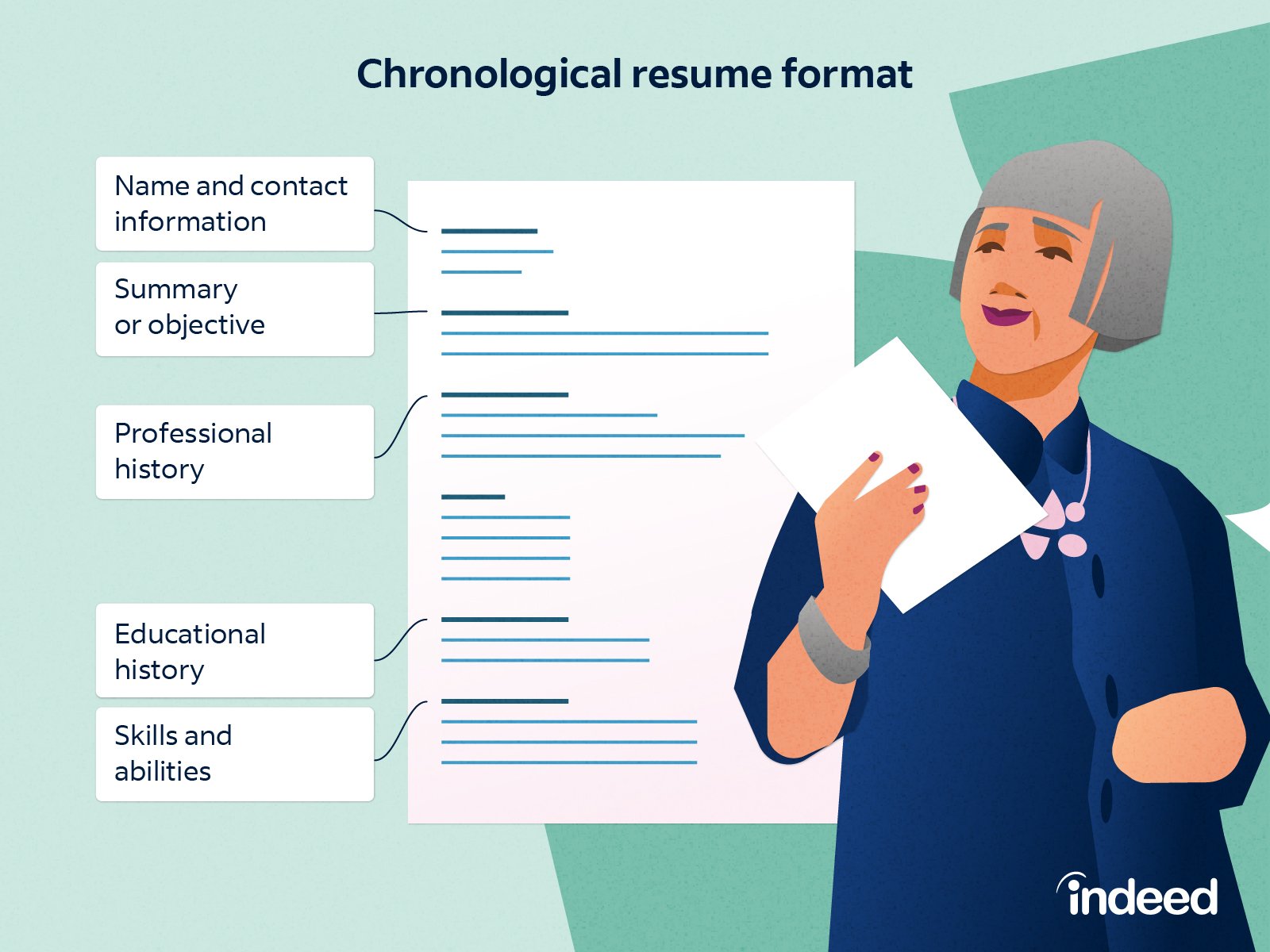When preparing a resume for military transition, veterans face a unique challenge: translating service and sacrifice into language and achievements that civilian employers understand. This critical document is more than a list of assignments—it’s your bridge to a prosperous civilian career. Whether you’re aiming to pivot into project management, logistics, cybersecurity, or healthcare, an optimized resume for military transition is your ticket to doors opening.
Crafting a Compelling Resume for Military Transition
Begin your resume with a powerful summary. A concise, dynamic paragraph immediately tells potential employers who you are and what you bring:
- Include years of service, military occupational specialty (MOS) translated into civilian roles, and leadership scope.
- Use measurable impact: “Led a 50-person team responsible for coordinating supply chains across two theaters of operation.
This statement sets the tone, showing value from the first glance.
Translate Military Jargon into Civilian Terms
One key mistake on many military-to-civilian resumes is overusing military acronyms. Avoid terms like “EOQ” or “JTAC” unless well-known in civilian fields. Replace them with terms like:
- “Logistics and inventory management”
- “Air-to-ground weapons integration”
- “Team leadership under pressure.
Using civilian-friendly language ensures your resume for military transition resonates with recruiters and hiring managers.
2.3 Highlight Transferable Skills
Military service cultivates valuable skills—leadership, project management, strategic planning—that are highly sought-after in civilian careers.
Focus on hard and soft skills, such as:
- Risk assessment and mitigation
- Cross-functional communication
- Crisis management and decision-making
Labeling these clearly shows how your military background benefits prospective employers.
Organizing Your Resume for Maximum Impact
Select a resume format that highlights strengths:
- Chronological: Ideal for seamless service history with increasing leadership roles.
- Functional/Skill-based: Great if MOS doesn’t directly map to civilian roles—focus on skills and achievements.
- Combination: Blend both formats to demonstrate experience and key competencies.
Choose what best positions you for your target job.
3.2 Create Clear Sections
Well-defined sections enhance readability. A structured resume for military transition might include:
- Contact Information
- Summary Statement
- Core Competencies/Skills
- Professional Experience (Military & Civilian)
- Education & Training
- Certifications
- Volunteer Work & Awards
Each section should be distinct and easy to navigate.
4. Detailing Relevant Experience
4.1 Achievements and Metrics
Quantifying your achievements speaks volumes:
- “Managed $5M equipment budget with <2% variance”
- “Trained and supervised 30 personnel in combat-effective maneuvers”
- “Coordinated logistics supporting operations for 10,000+ service members”
Pack your resume with zero fluff—just impactful metrics.
4.2 Focus on Leadership & Teamwork
Your leadership roles—supervising troops, running training programs, heading missions—showcase valuable civilian traits:
- Mentorship & development of personnel
- Cross-functional collaboration
- Handling high-pressure environments
Translate roles like “Platoon Leader” into managerial leadership with direct outcomes.
5. Showcasing Education & Certifications
Education doesn’t stop at boots. Include degrees, MOS-specific trainings, and civilian credentials:
- Bachelor’s in Business Administration (if applicable)
- FEMA Incident Command System certification
- OSHA or Six Sigma Green Belt
These reinforce your value and underline readiness for civilian roles.
. Including Professional Development
Continuing education and skill-building matter. Note workshops or online training such as:
- Project Management (PMP prep)
- IT certifications (CompTIA, Cisco, etc.)
- Leadership courses (Dale Carnegie or similar)
These show commitment to growth—highly attractive to employers.
Tailoring for Each Civilian Role
Generic resumes rarely works. Customize your resume for military transition by:
- Matching keywords in the job posting
- Highlighting relevant skills and responsibilities
- Adjusting summary and achievements to align with each role
This improves applicant tracking system (ATS) rankings and resonates more closely with recruiters.
Avoiding Common Pitfalls
Watch out for:
- Overly technical military speak—translate it!
- One-size-fits-all resumes—tailor each application.
- Too many pages—stick to 2 pages unless your experience demands more.
- Unexplained gaps or desertion of context—clarify transitions clearly.
A polished, disciplined mindset ensures your resume for military transition stands out.
9. Formatting for Readability
Efficiency and clarity matter:
- Use easy-to-read fonts like Arial or Calibri (11–12pt)
- Keep consistent formatting for dates, headings, and bullet points
- Use white space and brief bullets (3–4 lines max per item)
- Save in PDF format to preserve original layout
This makes your resume scanner and recruiter-friendly.
Optimizing for ATS (Applicant Tracking Systems)
Many companies rely on ATS software. Here’s how to optimize:
- Use standard headers: “Experience,” “Education,” “Skills”
- Include job title variations and keywords from job postings
- Avoid tables, headers/footers, graphics, or fancy formatting
- Use plain bullet points and simple structure
This ensures you pass the initial screen.
11. Final Review & Submission Best Practices
Before sending:
- Proofread carefully—errors can cost interviews
- Have another set of eyes (mentor, veteran advisor, or career counselor) review it
- Ensure file name is professional, e.g., “John_Doe_Resume.pdf”
- Upload as PDF unless specified otherwise
- Tailor cover letter and email to match resume’s achievements

